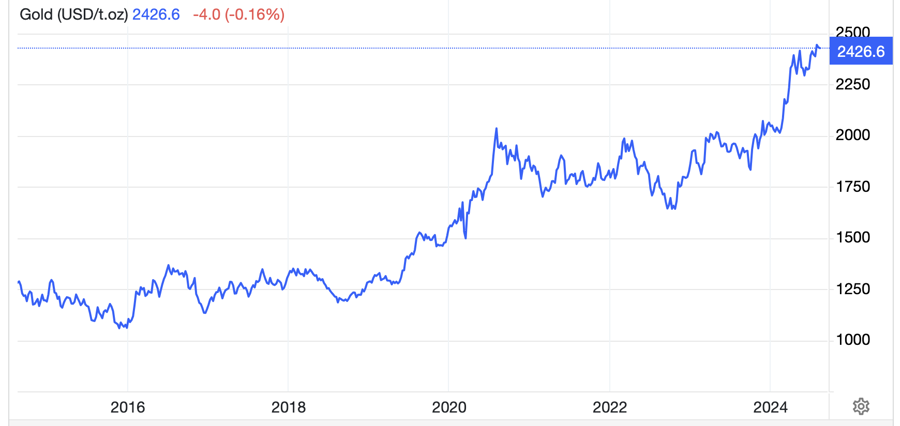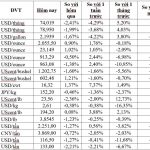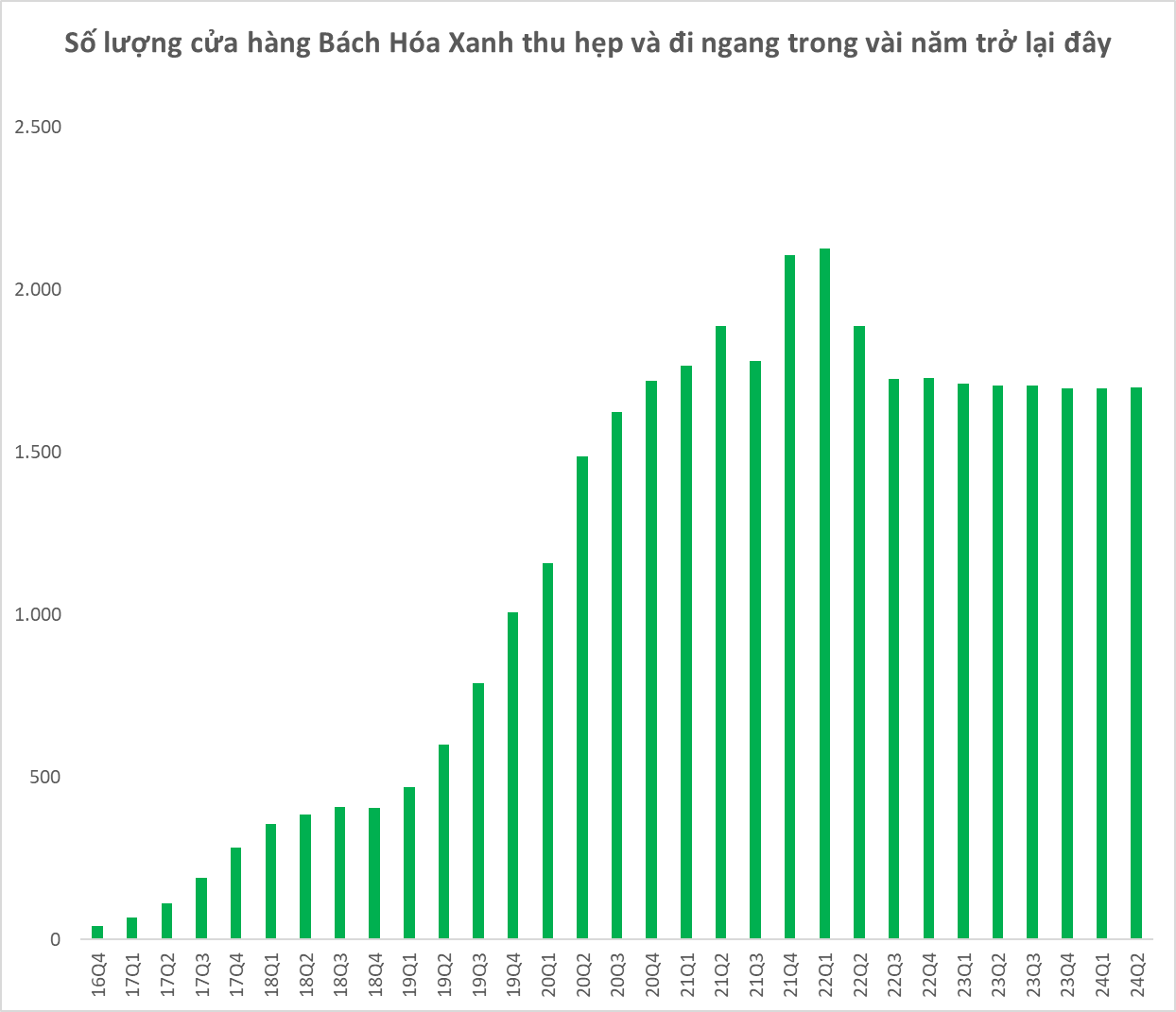Gold prices dipped as the new trading week commenced on Monday morning (August 12), as global financial markets stabilized following last week’s wild swings. With financial market volatility easing, investors turned their attention to crucial US economic data due this week.
At around 10 a.m. Vietnam time, spot gold prices in Asian markets fell by 6.2 USD/oz compared to Friday’s close in New York, equivalent to a 0.26% decrease, trading at 2,425.5 USD/oz according to Kitco Exchange data. Converted at Vietcombank’s USD selling rate, this price is equivalent to nearly VND 73.9 million per tael.
Last week, world gold prices fluctuated sharply. At one point, gold fell below the 2,400 USD/oz threshold as investors sold gold to cover losses in their stock portfolios and closed carry-trade positions in the Japanese yen. Subsequently, gold prices quickly recovered and regained this key price level. For the week, gold prices fell by about 0.5%.
Currently, major stock markets have stabilized, and the yen has also weakened, easing the pressure to sell assets in financial markets.
Green covered major Asian stock markets in the morning session, led by South Korea with a gain of more than 1% and Japan with an increase of about 0.6% at around 10 a.m. Vietnam time.
The US dollar is strengthening against the Japanese yen, with the exchange rate reaching nearly 146.9 yen per USD, up approximately 0.2% from last week’s close, according to data from CNBC.
This week, the movement of asset prices in global financial markets, including gold, will be influenced by critical US economic data. Two inflation reports, the Producer Price Index (PPI) and the Consumer Price Index (CPI), will be released on Tuesday and Wednesday, respectively. Subsequently, retail sales data will be announced on Thursday.
These data points will provide a clearer picture of the growth and inflation landscape in the US economy, subsequently shaping expectations for the Federal Reserve’s interest rate trajectory.

According to data from the FedWatch Tool of the CME Exchange, the market is betting on a 100% probability that the Fed will cut interest rates at all three remaining meetings this year. For the September meeting, the market forecasts a 53.5% chance of a 0.25 percentage point reduction and a 46.5% chance of a 0.5 percentage point cut.
Any economic data that deviates significantly from expectations could alter these interest rate expectations, subsequently driving gold price volatility.
The US dollar index, which measures the greenback’s strength against a basket of six major currencies, started the new trading week slightly higher. It rose 0.02% to 103.16 from last week’s close, when it fell below 102.7, its lowest level in five months.
One expert predicted that after the recent sharp moves, gold prices could enter a period of consolidation in the short term unless a new catalyst emerges.
“I think gold is entering a week of stability and consolidation. Keep a close eye on the CPI report on Wednesday to see how far the inflation story has progressed,” Adam Button, chief strategist at Forexlive.com, told Kitco News.
However, some analysts predict a potential gold price rally this week. James Stanley, senior strategist at Forex.com, noted that “bulls are still in control, and they showed that last week… New highs could be tested this week, but it’s unclear if they’re ready to tackle the 2,500 USD/oz level yet.”
“The risk to gold’s upside this week is the movement of US Treasury yields after the inflation reports. If yields rise sharply, capital may flow out of the gold market into the bond market,” Stanley added.
Market Update on February 3rd: Crude oil, gold, copper, iron and steel, and rubber all decline together.
At the close of trading on February 2nd, the prices of oil, gold, copper, steel, rubber, and coffee all saw a simultaneous decrease, with iron ore hitting a two-week low.









































